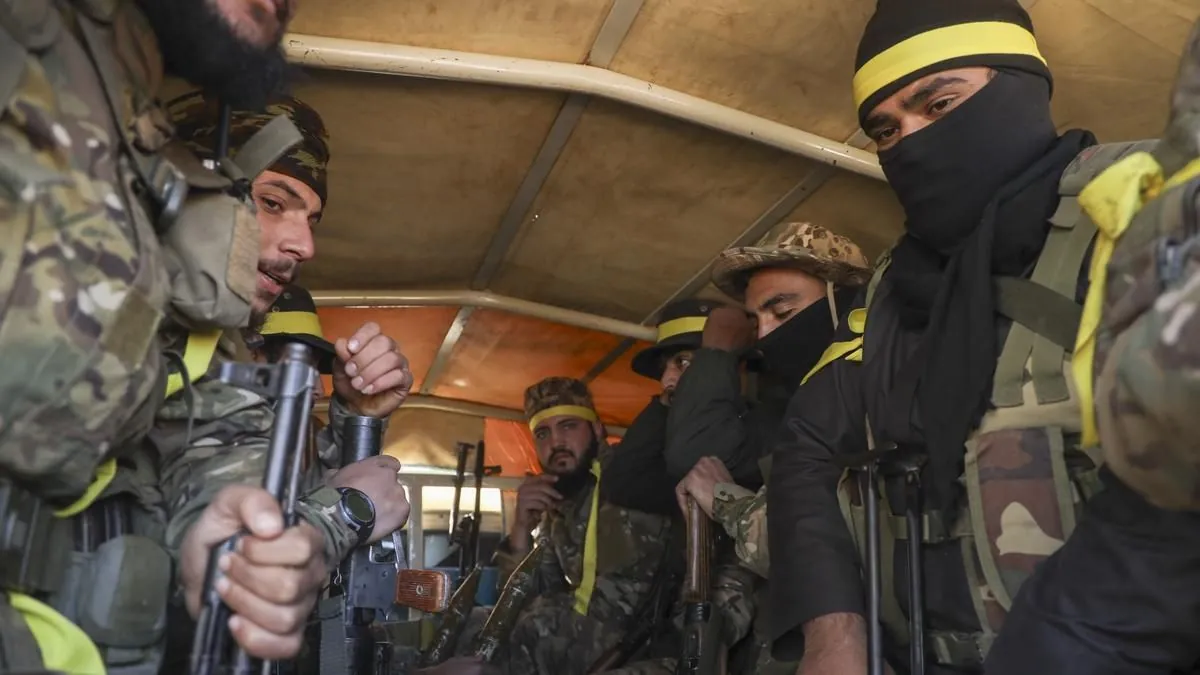The Syrian military landscape changed dramatically in late-23‚ when opposition groups seized control of about 250 locations in the north including the strategic city of Aleppo; this happened in just one day
The rapid advance showed how Assadʼs position wasnt as strong as many thought. While some countries tried to re-build ties with Syria the situation on-the-ground told a different story – the regimeʼs control was getting weaker day-by-day
The economic situation paints a grim picture: Syrian currency lost most of its value since 2020 (from 1‚150 to 17‚500 per dollar) and nine-in-ten people live below poverty line. The regimeʼs involvement in drug trade – mainly through its elite 4th Division led by Maher al-Assad – brings billions but doesnt help regular citizens
Opposition groups like Hayat Tahrir al-Sham showed impressive military progress. Their arsenal includes:
- Night-vision equipment for 500 fighters
- Drone units with hundreds of devices
- Home-made cruise missiles
- Special forces teams
The regimeʼs allies (Russia and Iran) cant provide much help now: both are busy with other conflicts. Its different from 2015 when Putin stepped in to save Assad – this time the Syrian leader has to deal with multiple challenges on his own
The oppositionʼs success inspired more groups to act against the government in different regions: Daraa Homs and Deir ez-Zor. With no external support coming and regime forces showing poor coordination its hard to see how Assad can stop this advance
